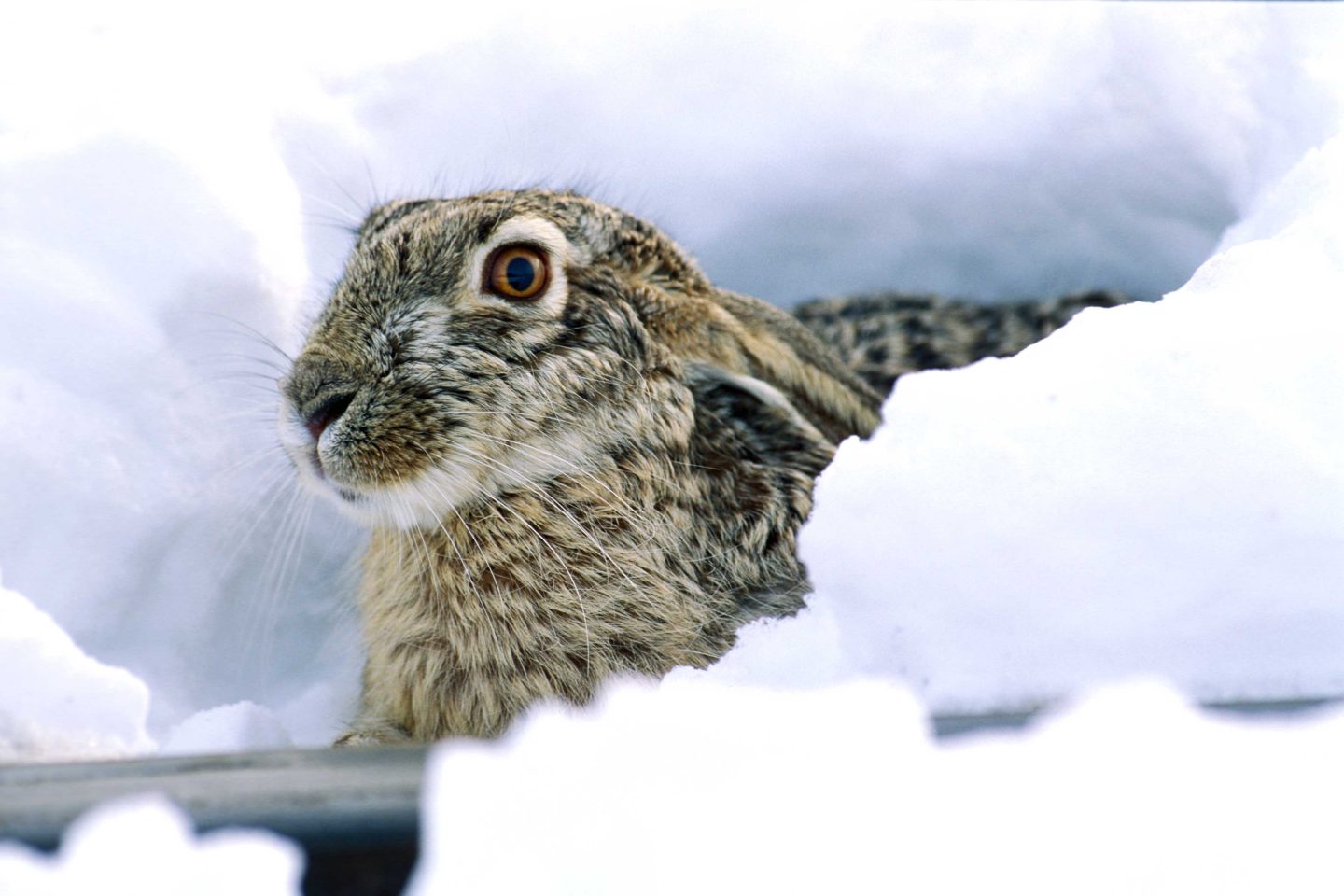
By Monica Macoubrie, Wildlife Education Specialist
Winter in Nebraska transforms the landscape into a world of snow-covered fields, frozen lakes and crisp, clear air. But beyond the visual changes, winter also affects the way sound travels, influencing how animals communicate, hunt and evade predators. The science behind winter acoustics is fascinating, and for many Nebraska species, these changes in sound travel can mean the difference between survival and struggle.
How Cold Air Boosts Sound
Cold air plays a significant role in how sound moves. In the winter, air is denser due to lower temperatures, which allows sound waves to travel farther and with greater clarity. This is why on a still winter night, the call of a distant coyote or the hoot of a great horned owl might seem eerily close. Without the humidity and thermal turbulence of summer, sound waves experience less distortion, creating an almost amplified effect. Animals that rely on vocal communication, such as coyotes, foxes and owls, benefit from this extended range, allowing them to call to mates or warn off intruders over greater distances.
Silent Snow
Freshly fallen snow does more than just create a winter wonderland—it also acts as a sound absorber. The complex, airy structure of snowflakes scatters and dampens sound waves, creating that peaceful, muffled hush after a big snowfall. This can be great news for small animals like rabbits and voles, making it harder for predators to pinpoint their location. But as snow compacts or forms an icy crust, it starts to reflect sound instead, suddenly amplifying every crunch, rustle or tiny movement. A scurrying mouse beneath the snowpack might be hidden from sight, but to a sharp-eared owl, it sounds like a dinner bell ringing from below.
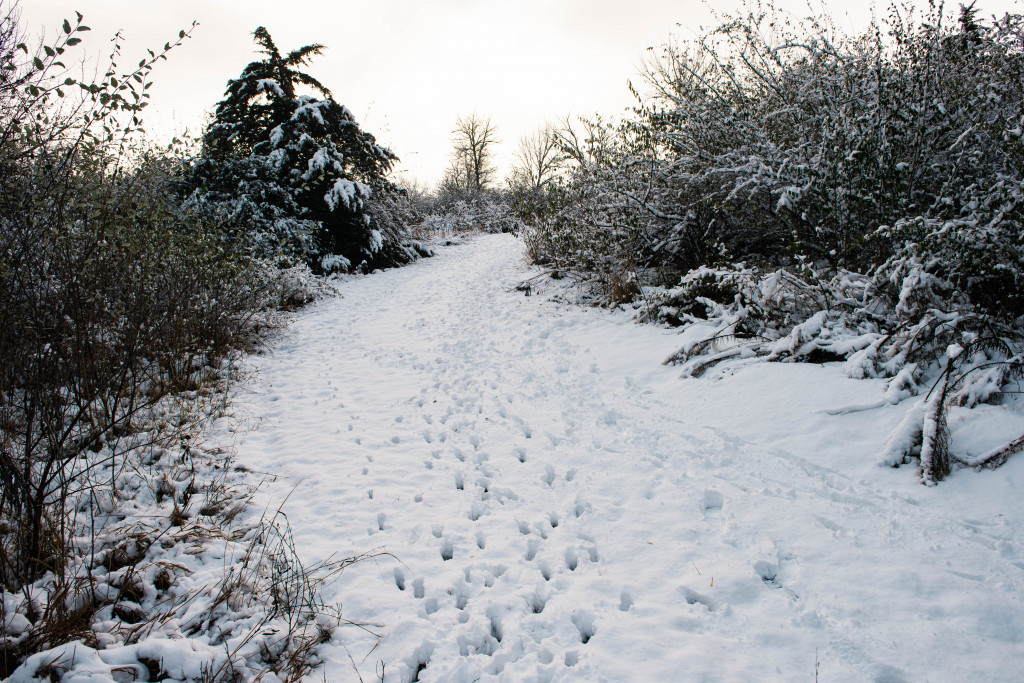
Ice Drums and Tail Slaps
Nebraska’s beavers are known for their impressive engineering skills, but they also have creative ways of communicating in winter. When their ponds and streams freeze over, beavers can no longer slap their tails on open water to warn their family of danger. Instead, they adjust by drumming their tails on the ice, sending vibrations through the water below. These sound waves travel efficiently under the frozen surface, alerting their colony without drawing unwanted attention from predators above. It’s like Morse code, beaver-style.
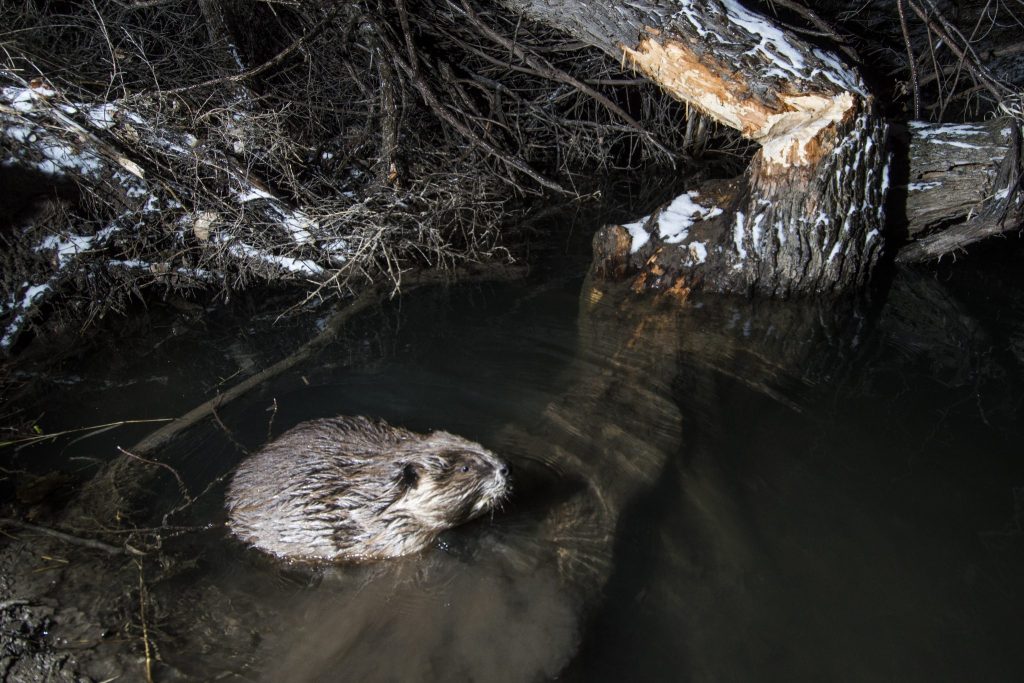
Bird Calls on Ice
Even when the trees are bare and the landscape is frozen, Nebraska’s winter birds keep singing. Chickadees, cardinals and nuthatches rely on their calls to stay in touch while foraging. Since sound waves can travel farther through cold air, their whistles and chirps can carry over greater distances than in the summer. Plus, with no dense foliage to block the sound, their songs can echo across snowy fields with surprising clarity. If you hear a cardinal’s bright, cheerful call on a cold morning, it may be reaching much farther than you realize!
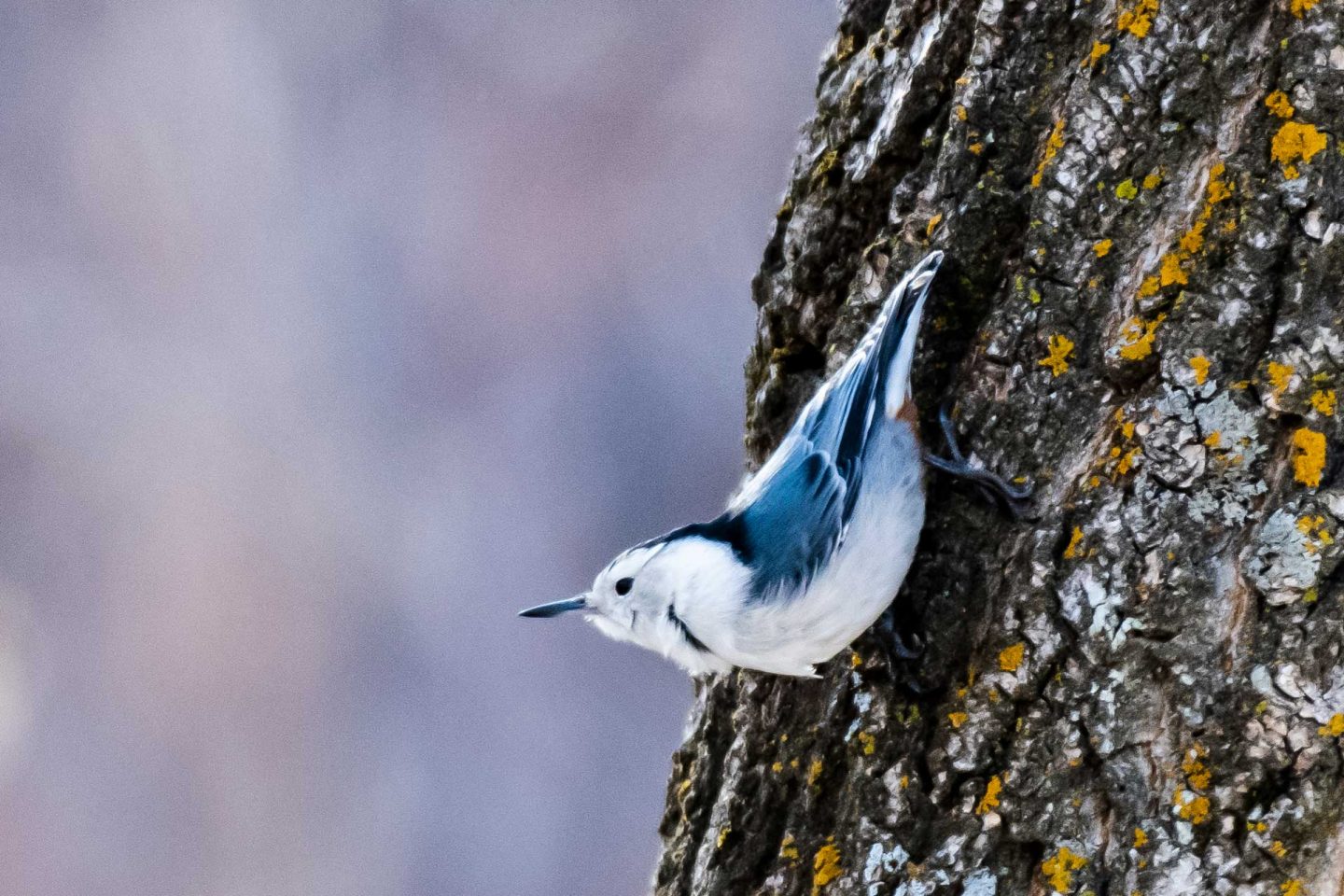
Predator Playlist
For hunters that rely on their ears, winter presents challenges and opportunities. Without rustling leaves and buzzing insects, it’s easier to focus on the subtle sounds of prey. But the muffling effect of snow means predators must fine-tune their hearing. Owls have an edge thanks to their silent flight and disc-shaped faces that funnel sound directly to their ears. A great horned owl can detect the faintest scratch of a mouse moving beneath the snow and strike with pinpoint accuracy—even in total darkness. Foxes, too, have incredible hearing and are known to make acrobatic pounces into the snow, guided entirely by sound.
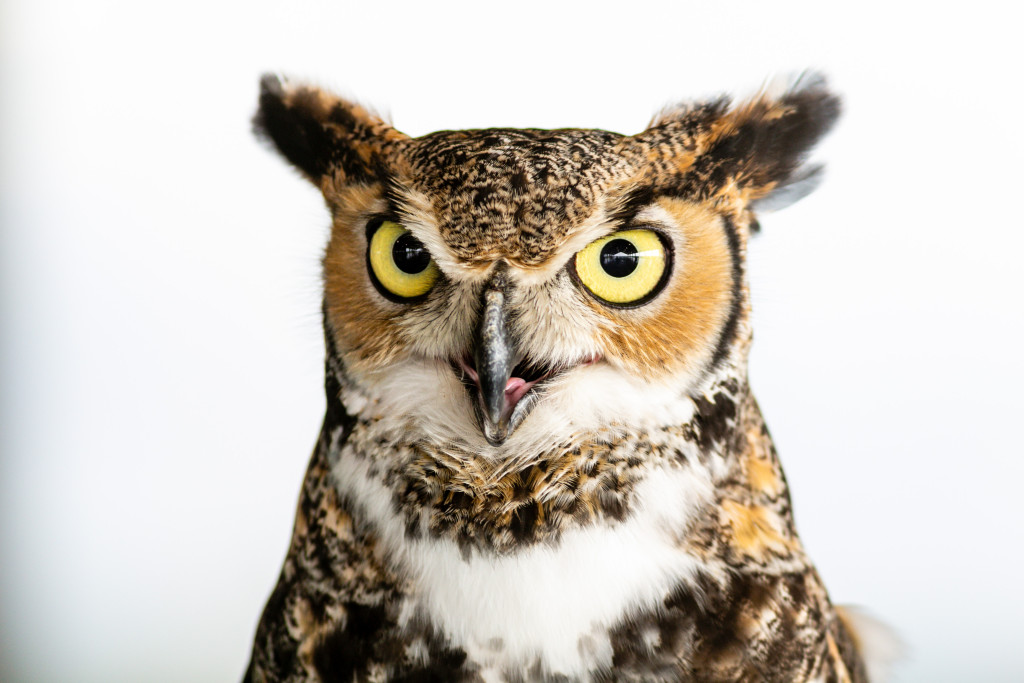
Howling Through the Frost
Coyotes are Nebraska’s winter vocalists, their eerie calls carrying for miles across the frozen plains. In winter, they use their long-distance howls to coordinate with pack members, defend territory or even attract a mate. Because sound travels farther in cold, still air, a single howl can reach animals much farther away than it would in summer. So, the next time you hear a coyote calling on a chilly night, know that it’s likely speaking to someone much farther away than you’d expect.
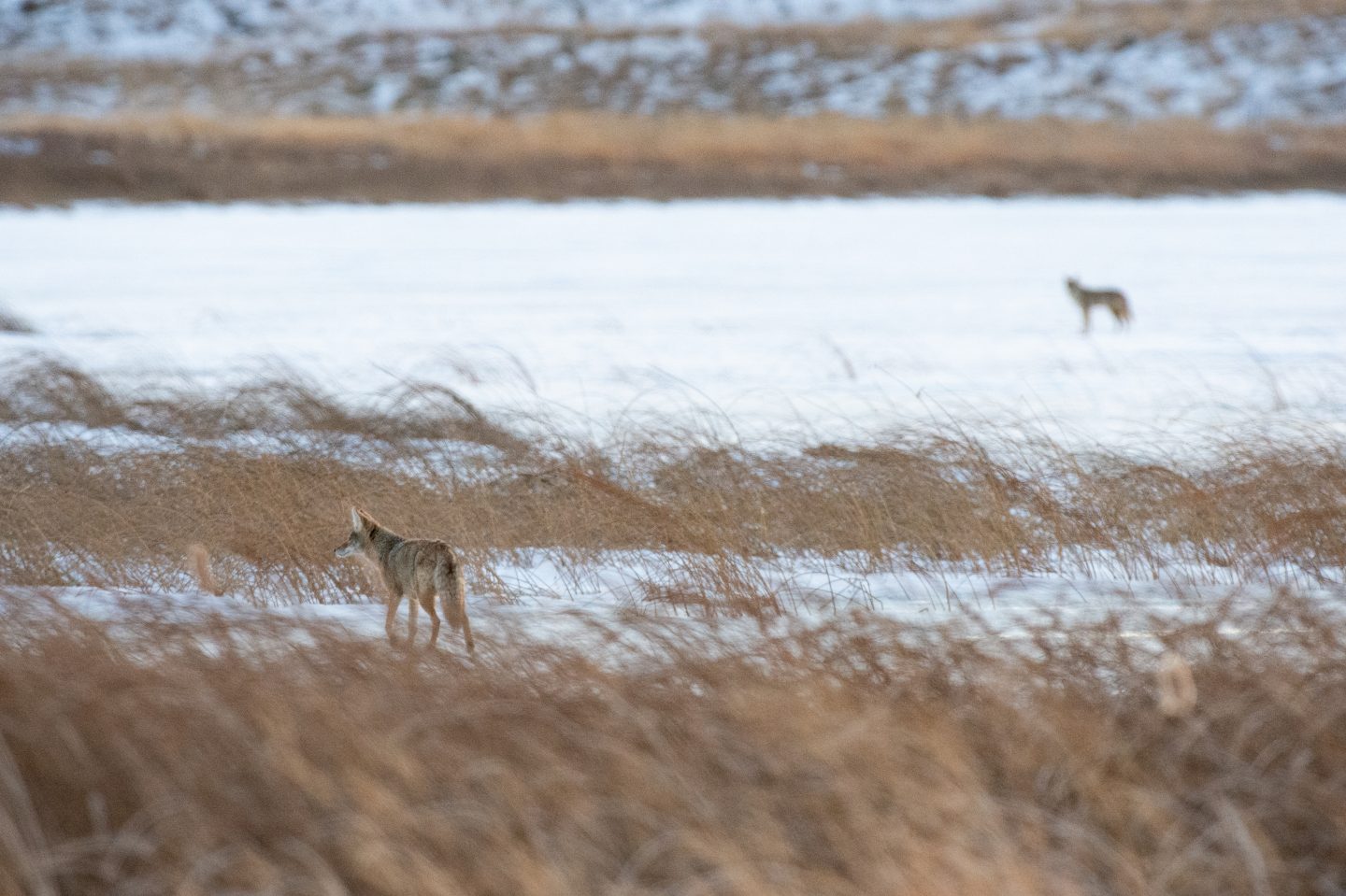
Winter in Nebraska may seem quiet at first, but it’s actually a season filled with sound—just in different ways. The frozen landscape creates a world where some sounds travel farther, while others disappear into the snow. Animals must adapt to be heard—or stay hidden. Whether it’s the amplified howl of a coyote, the muffled rustling of a rabbit underneath fresh snow, or the perfectly tuned hearing of an owl hunting in the dark, winter’s acoustic world is just as alive and active as any other season—if you listen closely enough.
